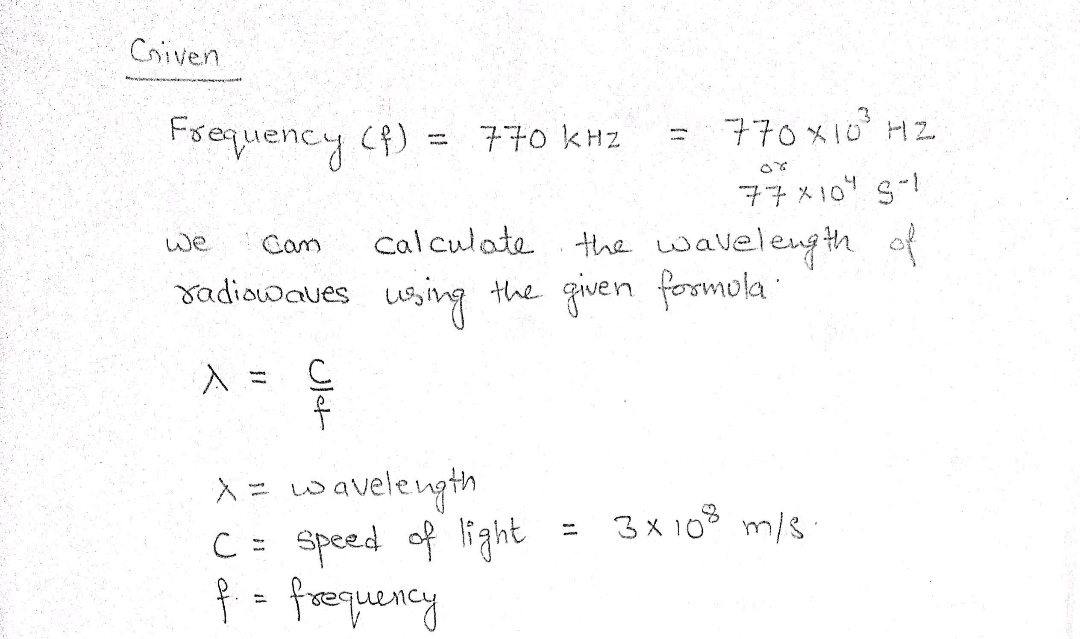||| O ELECTRONIC STRUCTURE AND CHEMICAL BONDING Interconverting the wavelength and frequency of... Suppose an AM talk radio station broadcasts radio waves with a frequency of 770. kHz. Calculate the wavelength of these radio waves. Round your answer to 3 significant digits. m Explanation ㅇㅂ Check X e 5 Ⓒ2022 McGraw Hill LLC. All Rights Reserved. Terms of Use | Privac
Electronic Transitions and Spectroscopy
The term “electronic” connotes electron, and the term “transition” implies transformation. In a molecule, the electrons move from a lower to a higher energy state due to excitation. The two energy states, the ground state and the excited state are the lowest and the highest energy states, respectively. An energy change is observed with this transition, which depicts the various data related to the molecule.
Photoelectron Spectroscopy
Photoelectron spectroscopy (PES) is a part of experimental chemistry. It is a technique used in laboratories that involves projecting intense beams of radiation on a sample element. In response, the element ejects electrons for which the relative energies are measured.


Step by step
Solved in 2 steps with 2 images









